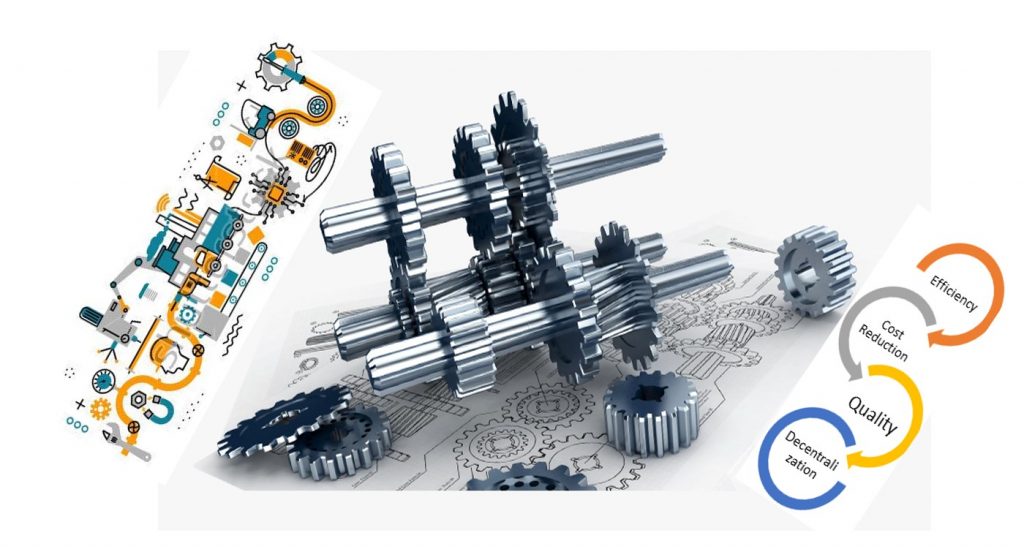ERP is Enterprise Resource Planning. “An ERP system is a business management tool used to fulfill the needs of many facets of a company including; finance and accounting, distribution, human resources, customer service and manufacturing.”
ERP supports these various departments by delivering improved processes such as an automated 3 method for order fulfillment, providing a single location for tracking cost information to ensure consistency, and helping human resources to standardize their information”

ERP = Material Requirements Planning (MRP) + Manufacturing Resource Planning (MRP II)
MRP uses information from the bill of materials, inventory data and the master production schedule to calculate the required materials and when they will be needed during the manufacturing process. MRP II is a method for the effective planning of all resources of a manufacturing company. Ideally, it addresses operational planning in units, financial planning
What is Product Lifecycle Management (PLM) – A business strategy that helps companies share product data, apply common processes, and leverage corporate knowledge for the development of products from conception to retirement across the extended enterprise. Core of PLM is Product Data Management (PDM)
How it differs?
PLM manages the innovation and design process, while ERP ensures quality products are manufactured in a timely, cost controlled manner once a product has been engineered and approved.
Business Success
PLM integration with ERP in any organization is a critical business success.
Just how do you prepare to utilize both for your organization or institution?
Connect with us @ neelsmartec.com to set-up a conversation to know more.

